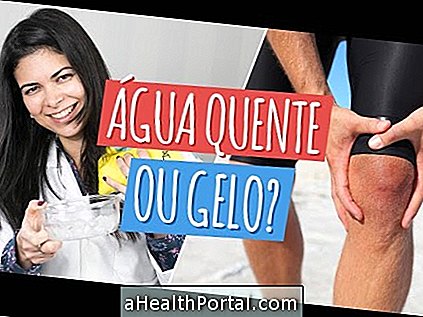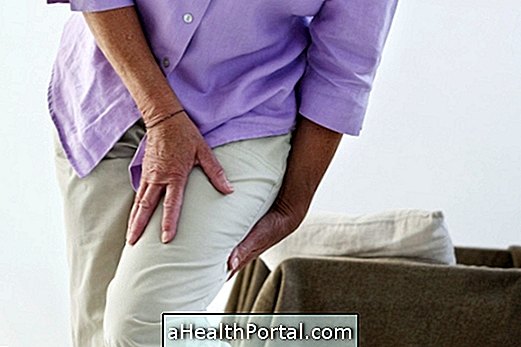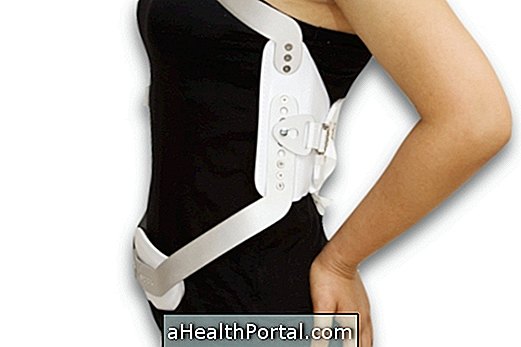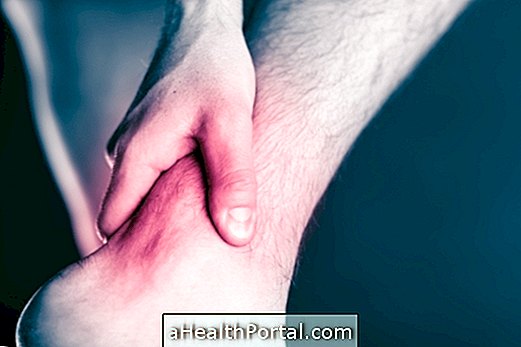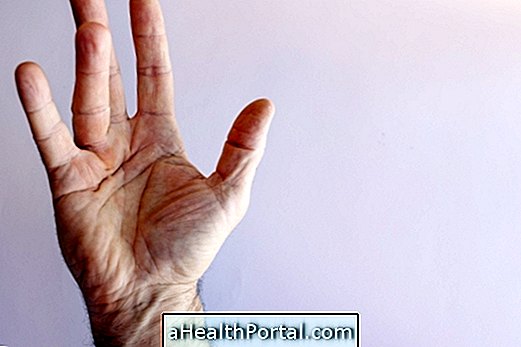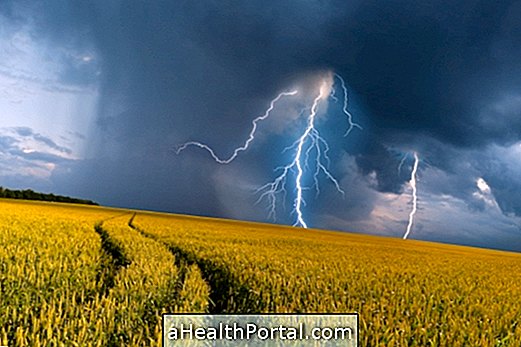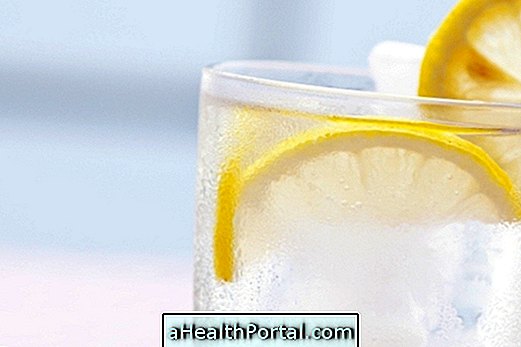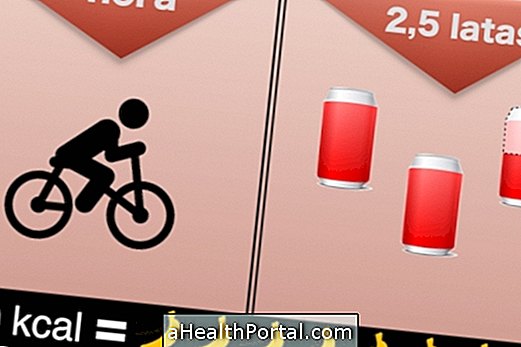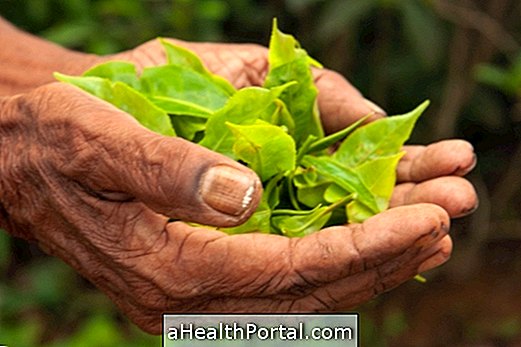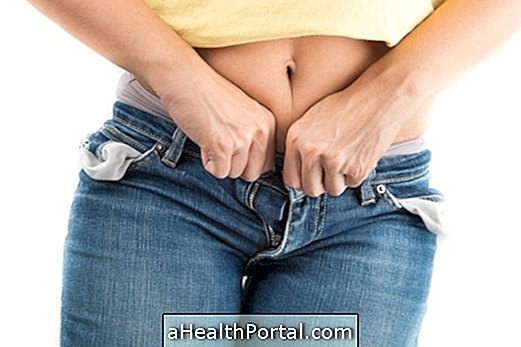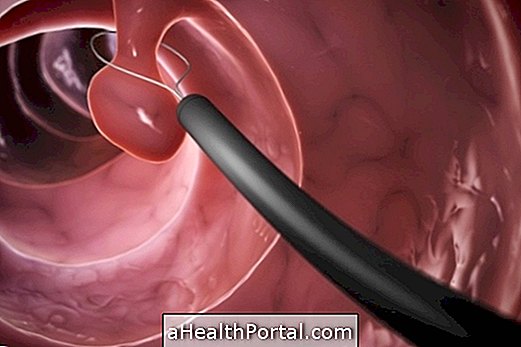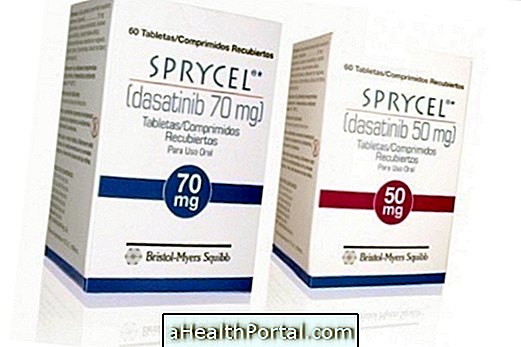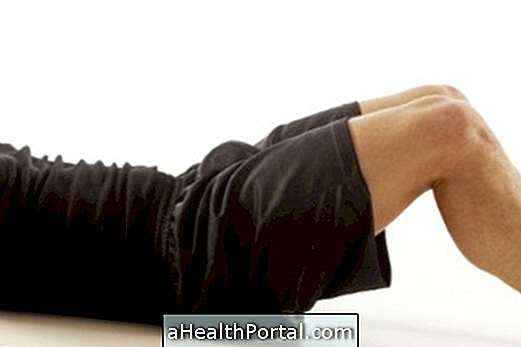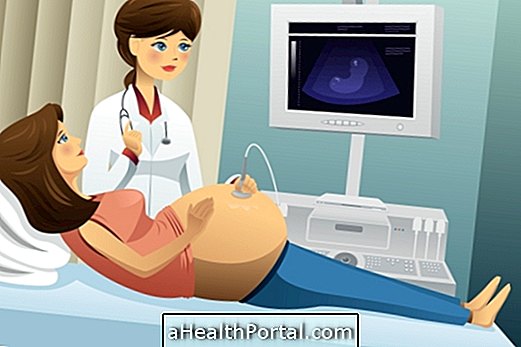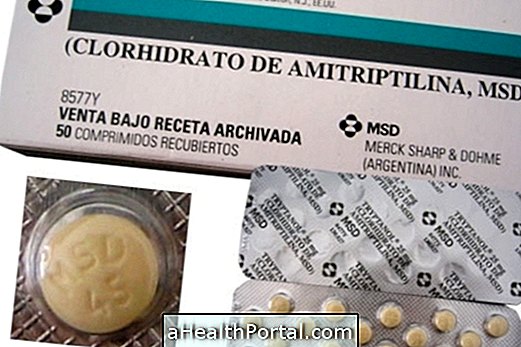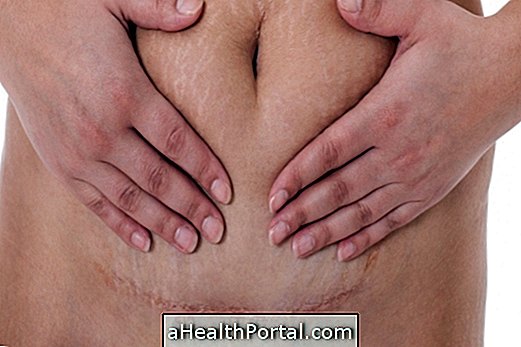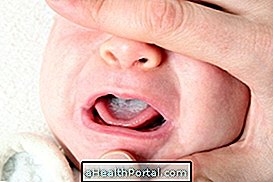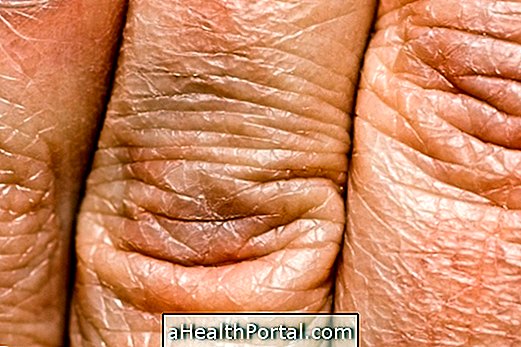Medial epicondylitis, popularly known as the golfer's elbow, corresponds to inflammation of the tendon that connects the wrist to the elbow, causing pain, a feeling of lack of strength and, in some cases, tingling.
This inflammation is more common in people who practice weight training very intensely, farmers, after a gardening session on a weekend, or in people who practice some physical activity constantly or repetitively, as in the case of golf, throwing darts, bowling or baseball, for example.
![]()
Symptoms of medial epicondylitis
The symptoms of medial epicondylitis arise due to inflammation of the tendon caused by repetitive movements, which causes microtrauma in the tendon, leading to the appearance of some symptoms, the main ones being:
- Elbow pain in the innermost region, when the arm is stretched and the hand is facing upwards;
- Pain in the inner part of the elbow that gets worse when trying to screw something, do weight training or do any other movement similar to playing golf;
- Feeling of lack of strength when holding a glass of water, opening a tap, or shaking hands;
- There may be a tingling sensation in the forearm or fingers.
There is no need to perform tests, because the pain is localized and very characteristic, so it is easy for the doctor to arrive at the diagnosis. However, other causes must be evaluated, such as injury to the medial collateral ligament, ulna neuritis, fracture and muscle strain, for example.
Main causes
Medial epicondylitis is mainly caused by repetitive movements, so that there is excessive use of local muscles and microtrauma in the tendon.
Thus, this situation may be related to the practice of sports such as golf, baseball or bowling, or be related to professional activities, which can happen more easily in carpenters, gardeners, plumbers or people who work in civil construction, for example.
How the treatment is done
The treatment for medial epicondylitis should be guided by an orthopedist, but it usually involves resting and avoiding the activity, as it is possible to reduce inflammation and relieve symptoms.
In addition, the use of anti-inflammatory ointments, such as Diclofenac, for example, may also be indicated for pain relief, and it may be recommended by the doctor to visit the site about 2 times a day. Another option to relieve the pain of medial epicondylitis is to put ice on the spot.
When pain and discomfort persist for more than 6 months, the doctor may indicate injections with anesthetics and corticosteroids at the exact location of the pain. Another possibility is the extracorporeal shock waves, which consists of placing a device that emits ultrasonic waves in the painful place, for about half an hour. This facilitates tissue regeneration, with pain improvement in a short time.
Physiotherapy can also be indicated for the treatment of medial epicondylitis and resources such as tension, ultrasound, laser, wrist flexor stretching exercises, shoulder strengthening, application of Kinesio tapes for faster improvement, in addition to massage can be used. deep cross section, as shown in the following video:
![]()
Was this information helpful?
Yes No
Your opinion is important! Write here how we can improve our text:
Any questions? Click here to be answered.
Email in which you want to receive a reply:
Check the confirmation email we sent you.
Your name:
Reason for visit:
--- Choose your reason --- DiseaseLive betterHelp another personGain knowledge
Are you a health professional?
NoMedicalPharmaceuticalsNurseNutritionistBiomedicalPhysiotherapistBeauticianOther
Bibliography
- MEDICAL NEWS TODAY. What is golfer's elbow and how is it treated?. Available in: . Accessed on 18 Sep 2019
- SAHU, Ramji L. Percutaneous release of golfer's elbow under local anesthesia: a prospective study. Brazilian Journal of Orthopedics. Vol 52. 3rd ed; 315-318, 2017
